OU News
News from The Open University
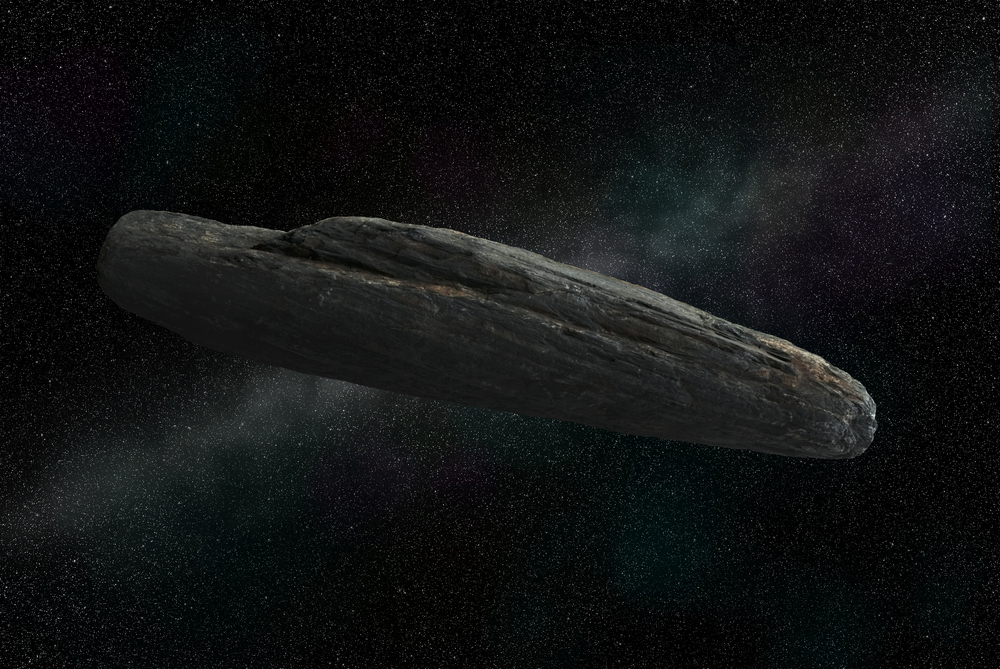
Comet or asteroid? Mysterious ‘Oumuamua shows why we may need a new classification system
Ever since space scientists first spotted the odd, cigar-shaped object known as 1I/‘Oumuamua in the sky, they have been debating what it is exactly. Suggestions have included an asteroid, a comet and even alien spaceship. Now a study, published in Nature, suggests it may actually be a comet – but an unusual one. The fascinating […]
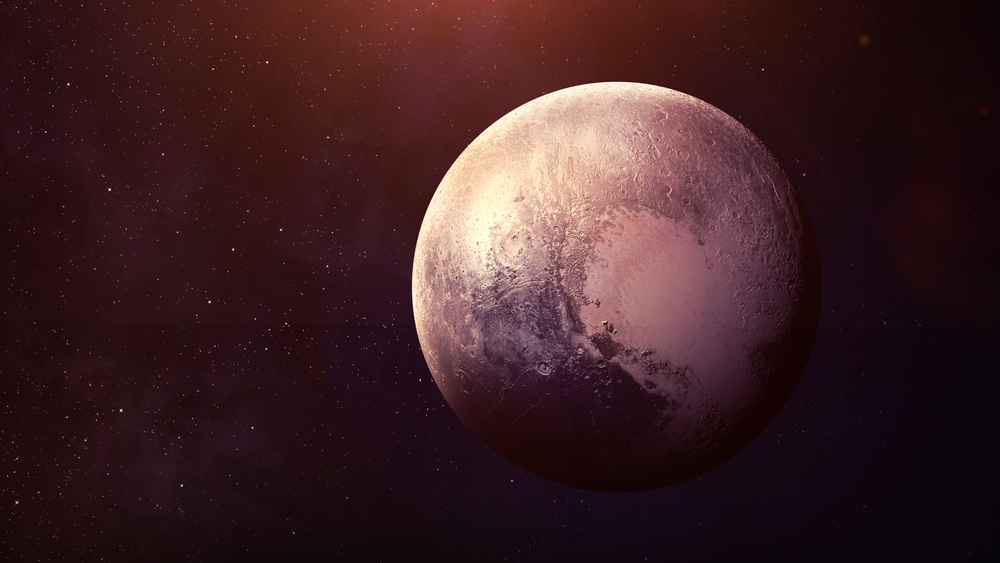
Icy dunes on Pluto: spacecraft reveals new details about planet’s surface
When Clyde Tombaugh discovered Pluto in 1930, he could not have known that he was opening a whole field of science that is only now coming into its own: the study of planetary landscapes, or comparative planetary morphology. Since the announcement of Pluto’s discovery, the body has been a subject of much speculation: even from […]
Read more about Icy dunes on Pluto: spacecraft reveals new details about planet’s surface
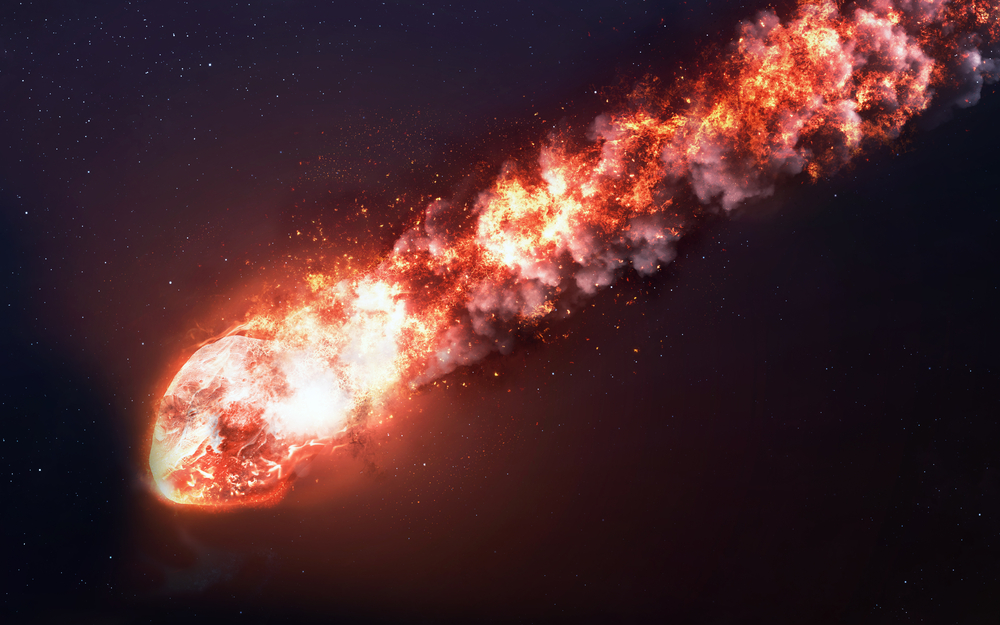
Asteroids and bringing space rocks back to Earth
Professor of Planetary and Space Science, Simon Green, is interviewed by the Space Boffins about asteroids, space rocks, and the next international space missions that academics at The Open University are contributing towards. Speaking about the next space missions, which will focus on collecting asteroid samples, Professor Green, said: “Only the most robust [asteroids] objects survive to the […]
Read more about Asteroids and bringing space rocks back to Earth
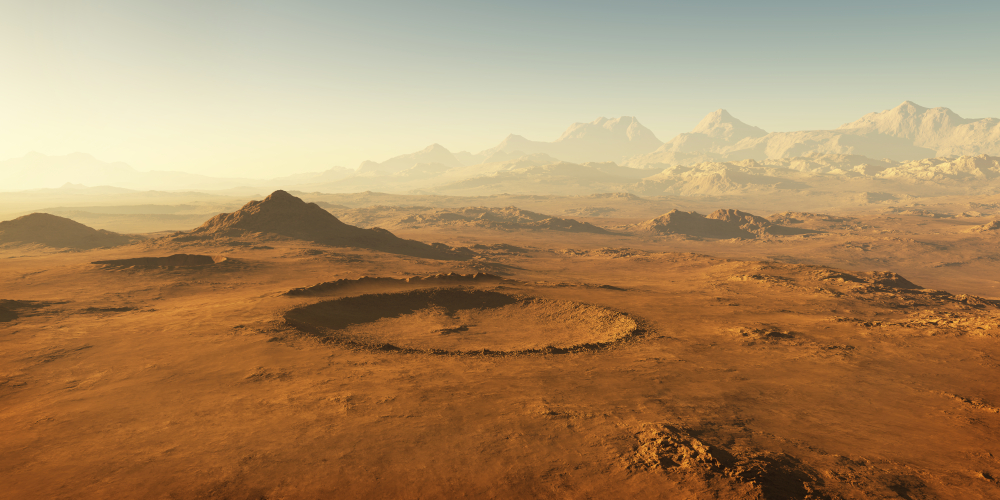
Mars and the ice-filled crater on its surface
An ice-filled Martian crater is visible in the first photographs of Mars transmitted from the ExoMars Trace Gas Orbiter (TGO). After a year of extremely dangerous aerobraking, the ExoMars TGO began transmitting photographs of the surface from its camera system, known as CaSSIS (Colour and Stereo Surface Imaging System). The first photograph taken by the ExoMars TGO […]
Read more about Mars and the ice-filled crater on its surface
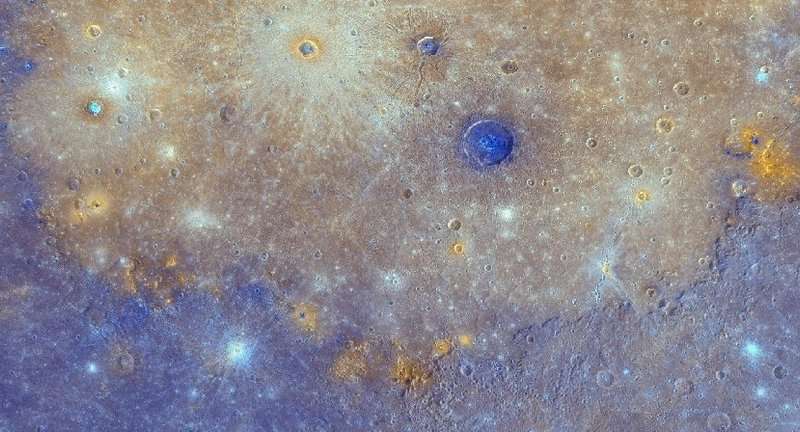
Mysterious red spots on Mercury get names – but what are they?
Mercury is the closest planet to the sun, but far from being a dull cinder of a world, it has instead turned out to be a real eye opener for geologists. Among the revelations by NASA’s MESSENGER probe, which first flew past Mercury in 2008 and orbited it between 2011 and 2015, is the discovery […]
Read more about Mysterious red spots on Mercury get names – but what are they?
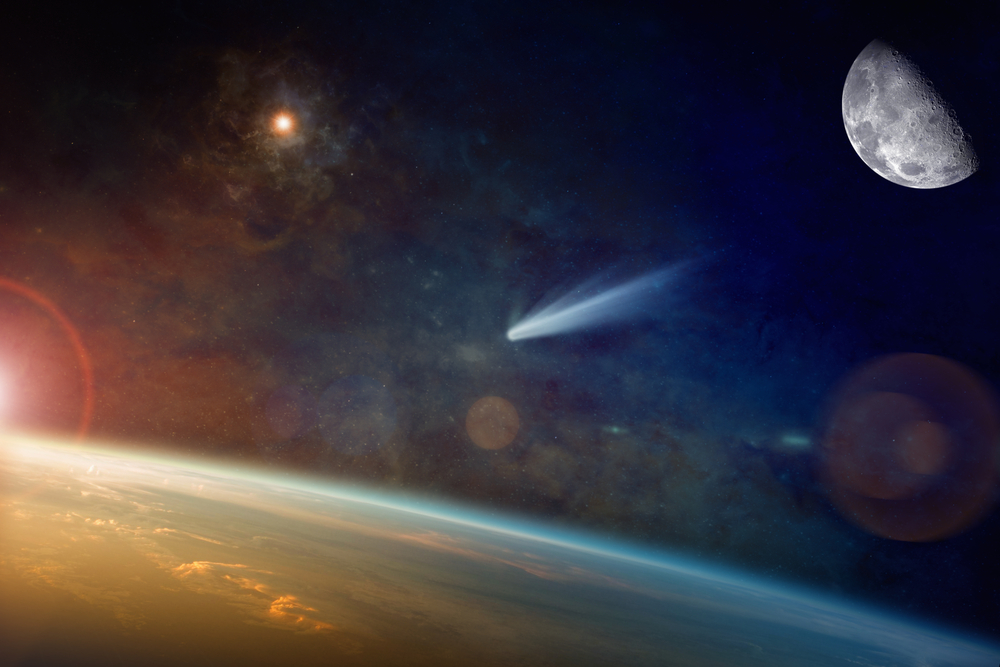
OU research to support small businesses in boosting the UK space industry
The Open University (OU) is part of a consortium of UK universities and organisations to be awarded almost £5 million to support small businesses in enhancing innovation and research in the UK space industry. The grant of £4.8 million from the Higher Education Funding Council for England (HEFCE) will provide small and medium-sized businesses with […]
Read more about OU research to support small businesses in boosting the UK space industry

Remembering inspirational physicist and author Stephen Hawking
We are extremely saddened to hear that world-renowned physicist Professor Stephen Hawking passed away today. Famous for his work with black holes and relativity, Professor Hawking inspired many people to look beyond our planet and understand space and the universe better. Despite living for many years with motor neurone disease, his achievements are remarkable. His […]
Read more about Remembering inspirational physicist and author Stephen Hawking
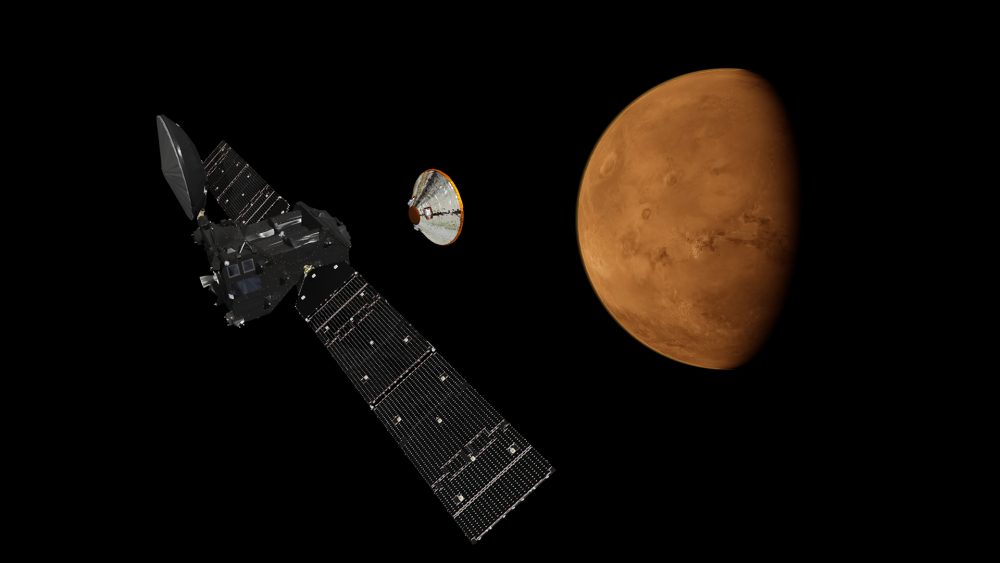
Search for methane on Mars starts as ExoMars Mission reaches final orbit
After a year of extremely dangerous aerobraking, the ExoMars Trace Gas Orbiter (TGO) will reach its final orbit and start collecting data from the atmosphere of Mars. Onboard the Orbiter is an instrument developed by academics from The Open University. Nadir and Occultation for MArs Discovery (NOMAD) will ‘sniff’ the atmosphere for methane – a […]
Read more about Search for methane on Mars starts as ExoMars Mission reaches final orbit

A huge asteroid wiped out the dinosaurs, but what danger do smaller ones pose?
A small asteroid passed relatively close to Earth this month, having been discovered just six days earlier. This might sound scary, but it’s unusual that such an object would actually collide with the Earth. Each year about 50,000 tonnes of extraterrestrial material (rocks and dust) hits our planet. This comes as tiny pieces – even […]
Read more about A huge asteroid wiped out the dinosaurs, but what danger do smaller ones pose?
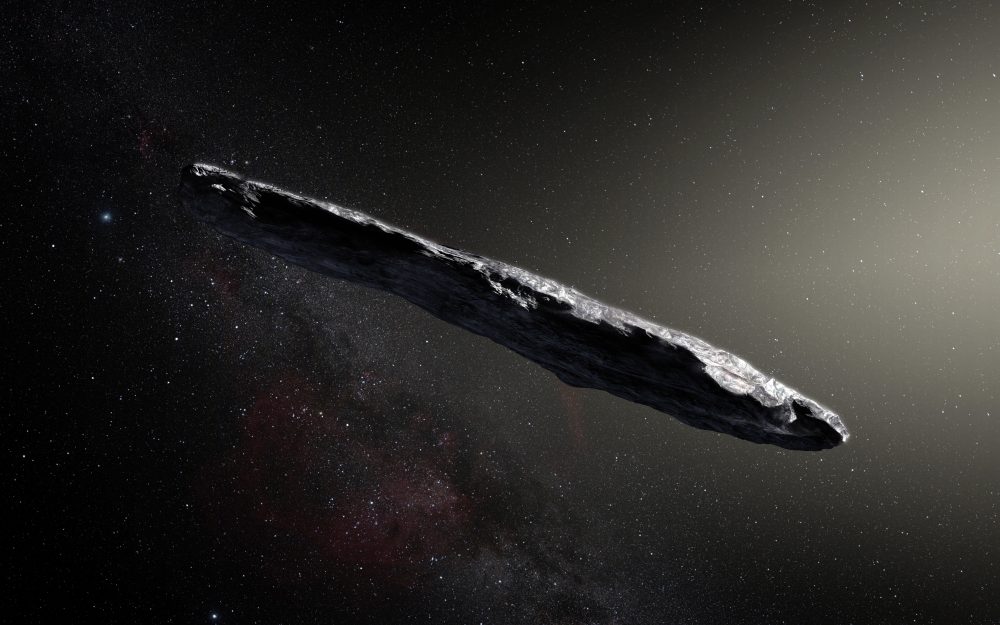
Discovery of cigar-shaped asteroid from outer space could help unveil secrets of extrasolar worlds
It came from outer space … and went back there two weeks later, having astonished and excited astronomers and planetary scientists. A cigar-shaped object, less than half a kilometre long and barely bright enough to be detected by the world’s most powerful telescopes, payed us a flying visit in October this year – reminding us […]
Page 7 of 11